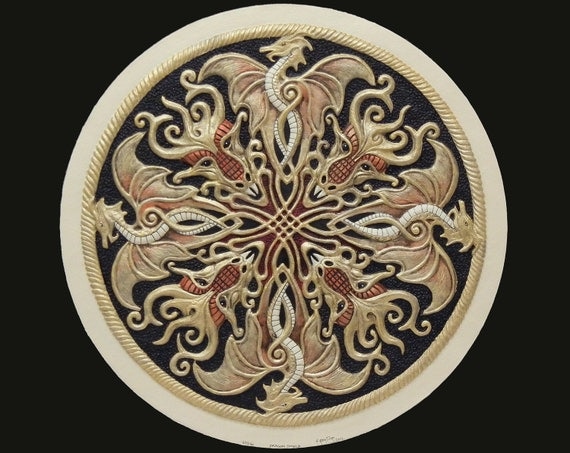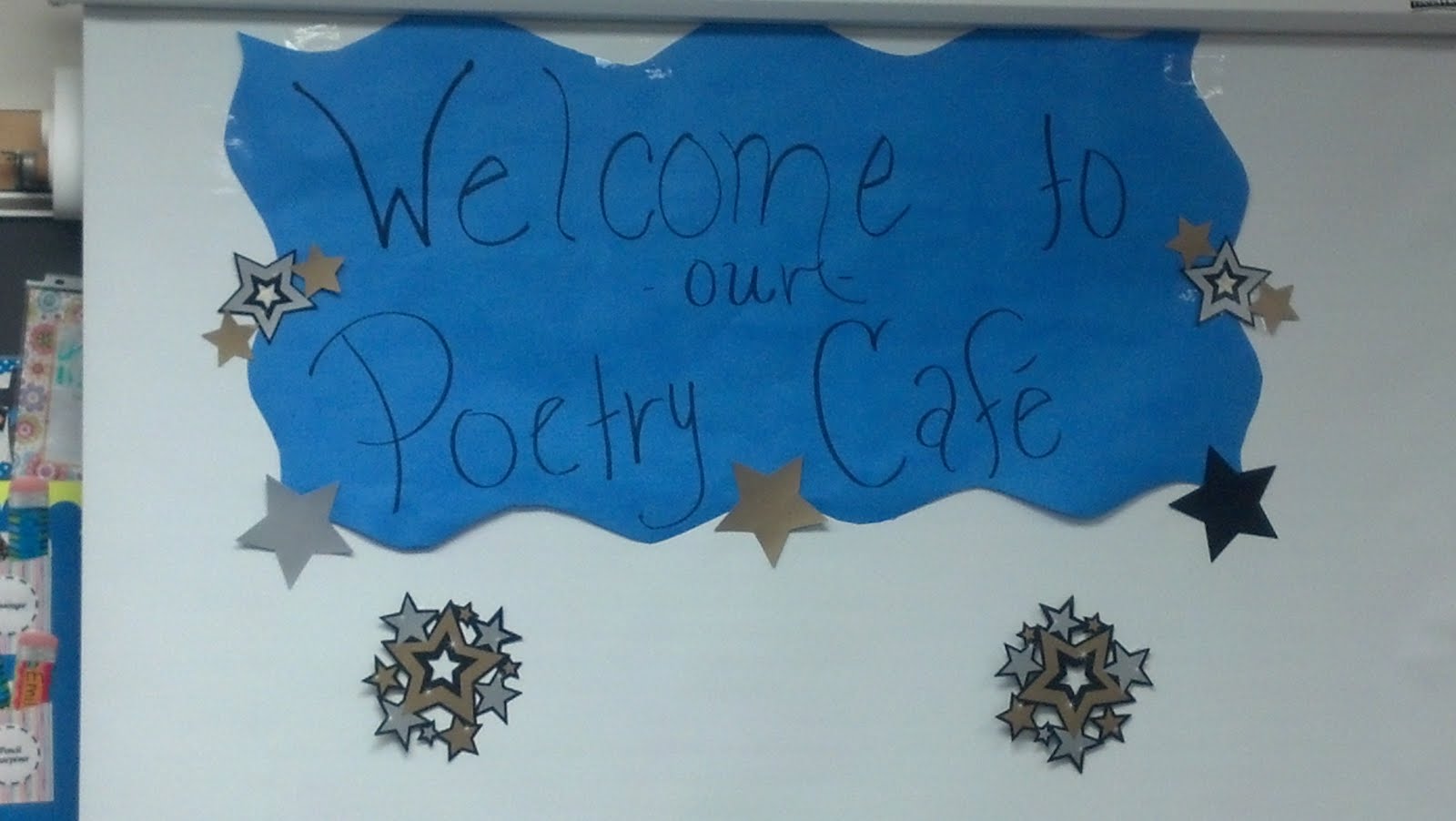It's our final two days in the TechnoVerse -- that place where technology and poetry intersect. It's time for me to made a confession. I like technology. Like. Not love.
| A full list of TechnoVerse posts is here. |
I draft new work on my laptop. I have a smart phone. There are two of me on Facebook: Laura the poet and literary community activist, and Laura who posts pictures of the kids for friends and family. For me, technology is definitely more of a tool than a love affair.
My 13-year-old daughter has been trying to teach me a "new" social media platform, Google Plus. The layout doesn't feel compatible with my brain. Isn't having two Facebook accounts being social enough? Retreating from online socializing is probably the reason I have never tried Twitter.
| "Listen to me, don't listen to me!" (Twittery lyrics from David Bowie.) |
Today, my dear friend Ann Bracken shares one of her favorite poetry blogs: Tweetspeak Poetry. I won't be scared off by the title. According to Ann, there is no tweeting required at the Tweetspeak blog. It's a friendly site with great poetry & technology resources.
Tweetspeak Poetry: the best in poetry and poetic things
Contributed by: Ann Bracken
Why would someone who doesn’t even
have a Twitter account be drawn to a blog called Tweetspeak Poetry? That’s the question I had to ask myself when
a good friend of mine sent me a link to the site a few months ago. But I trust
this friend who is an inspired poet—I knew she must be on to something, so I
clicked on the link in the email and entered the serene poetic space called
Tweetspeak. Unlike the hurried tweets I often hear on the radio, this site beckons
you to slow down and tempts you to linger while you browse its array of
resources. Grab a cup of java, snuggle
in your favorite chair, and I’ll take you on a tour of this week’s featured
posts.
| Poetry (by T.S. Eliot) from This Day in Quotes. |
Where does poetry fit into your
workday? Most people would shake their heads at the juxtaposition of poetry and
work, but Tweetspeak has an entire feature section called Poetry
at Work. This week’s topic—The
Poetry of an Organizational Chart—seemed to spring from the creativity game of
finding two things that are unrelated and then
imagining all the possible connections they could share. The author, Glynn Young, remembers when
he worked for two large corporations that each employed over 30,000 people. He
remembers the organizational charts that were part of every employee’s handbook
because they held the secrets of the corporate hierarchy. Like a
well-structured poem, “…organization charts followed rules, patterns and
accepted practice. They had an interior rationale; they made sense for both themselves
and the organization.” Although I only vaguely remember seeing an
organizational chart at one of my early jobs, I resonate with the poetic
concepts of internal structure, form, and order. Young goes on to compare the
formal organizational structures of business in the late 20th century
to the “free verse” that is the networked environment of the 21st
century, both of which have esteemed places in the world of poetry. As with any change, the challenge we face at
work seems to be defined by how deftly we weave the best of the old with the
best of the new.
After I explored poetry at work, I look a look at this
month’s book club selection because it features one of my favorite books on
poetry writing, Poemcrazy by
Susan Wooldridge.
 |
| Read about it at Goodreads. |
I decided to read the post on following words—the
daily practice that Wooldridge recommends—where you spend some time each day
focusing on all the details of a particular activity or object. What is written
on those slips of paper stuck in your journal? How do your fingertips look
after you dig in the rich soil of early spring? What does the smoke from the
fire smell like? She reminds us that the feelings in a poem come alive because
of the poet’s focus on the details. Wooldridge urges us to play with words every
day, to dive into the “wordpool,”
collections of words borrowed from “poems, books, and conversations.” When we play in the “wordpool,” we can make
up words, juxtapose interesting combinations of words and free ourselves from
the worry of making sense. Wooldridge concludes by confessing, “And I don’t worry about whether or not I’m writing “a
poem.” Word pool. World pool, wild pool, whippoorwill, swing.” I’m inspired to find my box of word tickets
and play this weekend.
Besides the Poetry at Work
and Book Club sections, Tweetspeak’s current features include The Top 10 Poetic Pics, The Poetry Classroom, 7 Fun Shakespeare Resources,
and Carry a Shield: Ten Good Books About Dragons. Make sure
you scroll to the bottom of the page for the very last drop of inspiration-The
Video Pick of the Week, featuring a video montage tribute to Vincent Van Gogh with Jane Olive singing “Starry Night.”
 |
| Buy this Celtic dragon shield at Etsy. |
Ann
Bracken is a writer, poet, educator, and expressive arts consultant whose
poetry, essays, and interviews have appeared in Women Write Resistance: Poets Resist Gender Violence, Reckless Writing
Anthology: Emerging Poets of the 21st Century, Little Patuxent Review, Life in Me Like Grass on Fire: Love Poems, Praxilla, The Museletter, and The Gunpowder Review. Her company, The
Possibility Project, offers expressive arts programs for women of all ages. Ann
was nominated for the 2014 Pushcart Prize and she is a lecturer in the
Professional Writing Program at the University of Maryland.


2 comments:
This site looks terrific, Laura and Ann. It is rich with all kinds of ways to look at poetry-something for everyone! Thank you!
Just found this. Why, thank you, for such an encouraging post about Tweetspeak. We do have fun.
(Did you ever find the story behind our name? We started unexpectedly, as a result of a joke on Twitter. And the rest is history. Or, maybe, future :)
Post a Comment